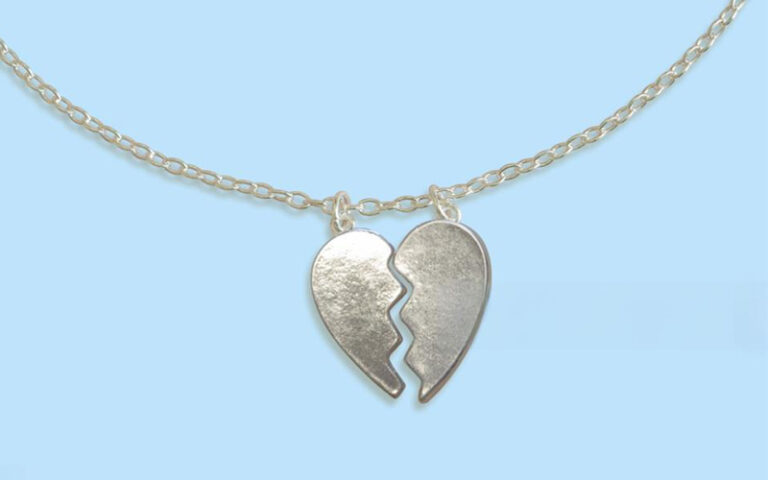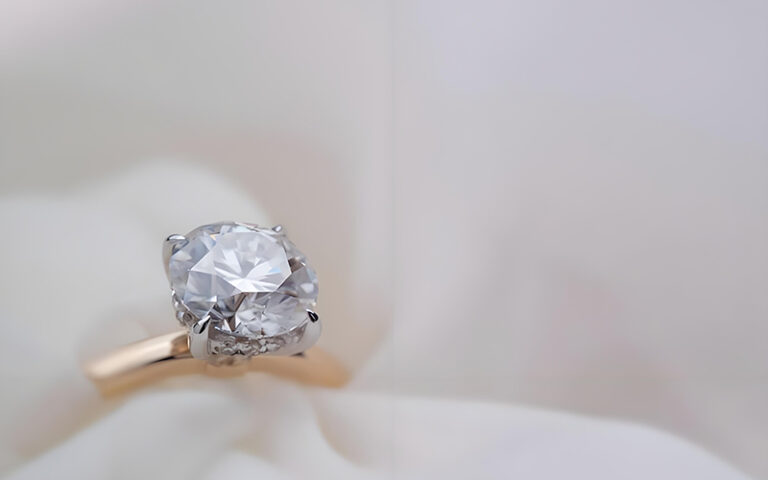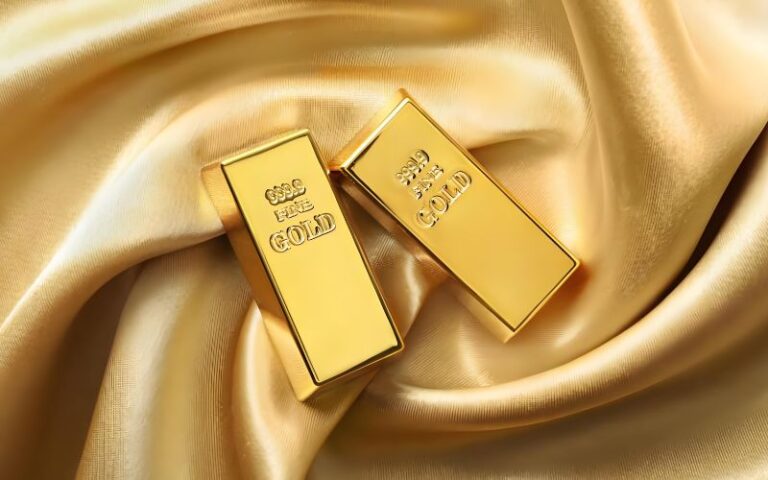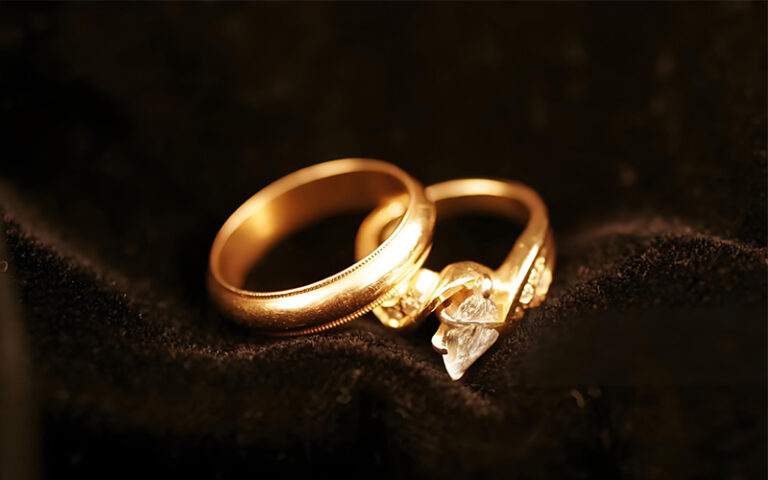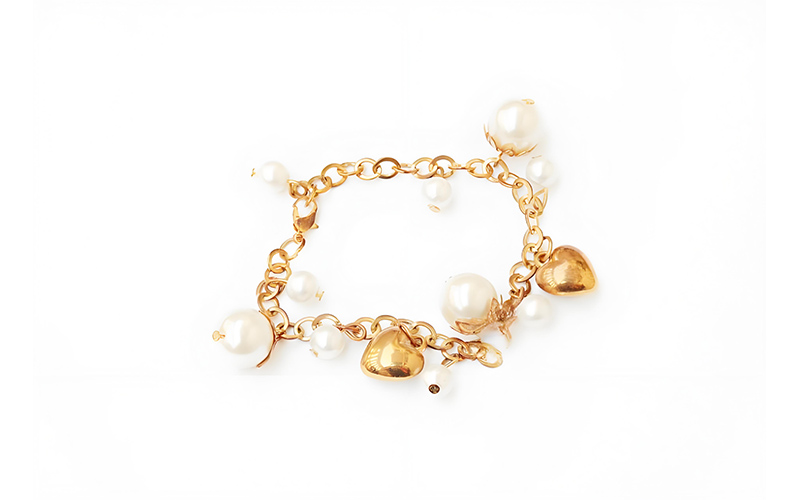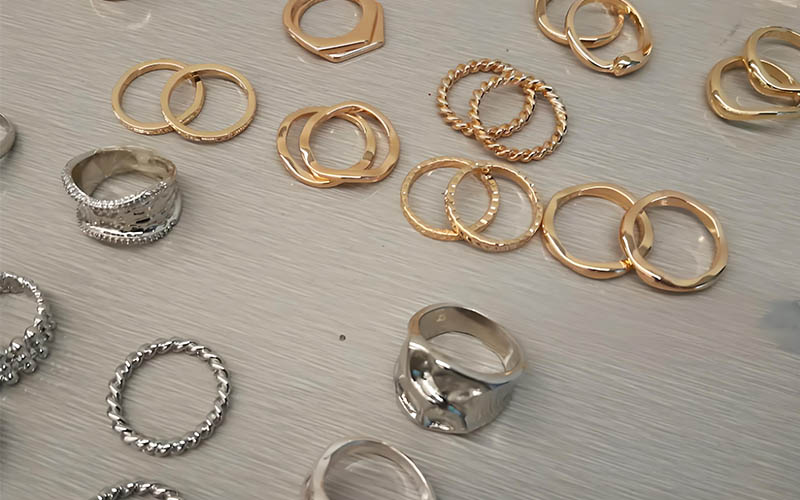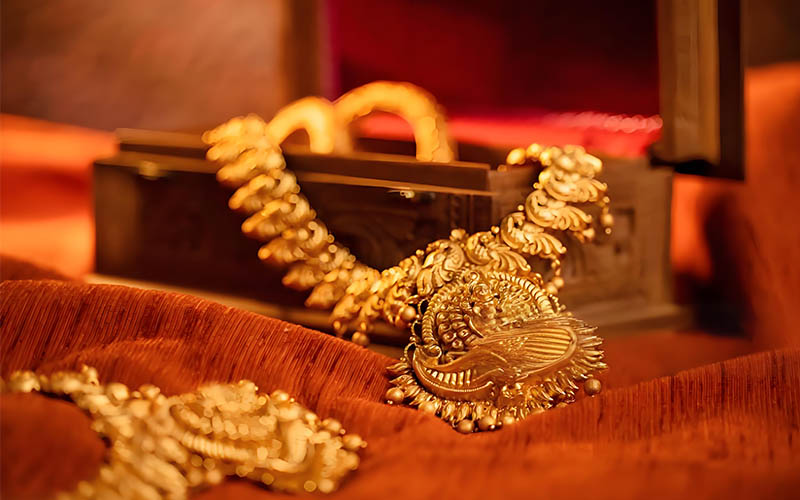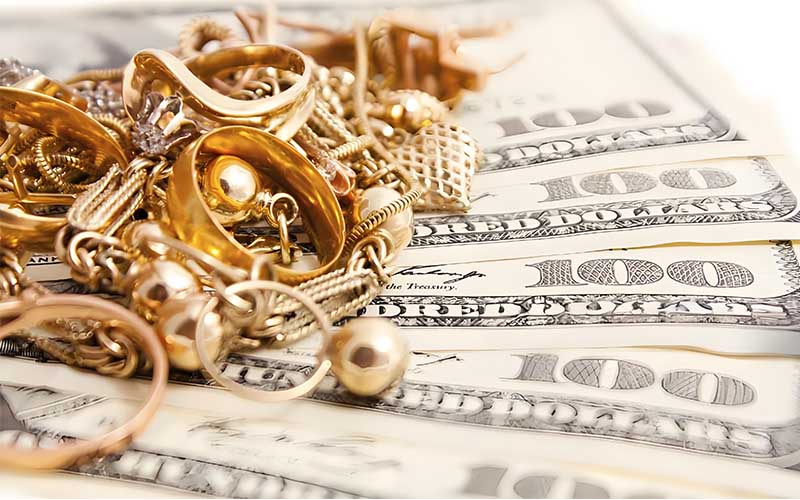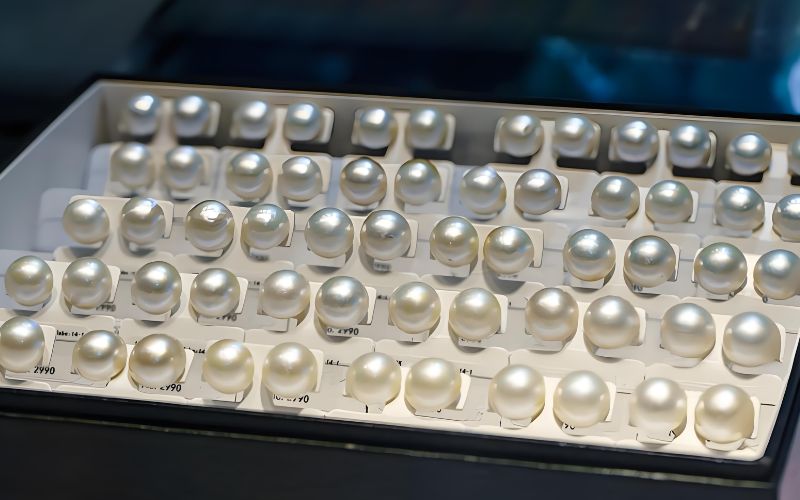
How To Tell If Pearls Are Real: My Foolproof Guide To Spot a Fake Pearl Necklace
I am here to help you. Do you have a pearl necklace? Do you want to know if your pearl is real? It can be hard to tell if pearls are real. Some fake pearls look very good. But I have ways to tell. This guide to spot fake pearl items will show you. You will determine if your pearl is the real deal. Reading this will save you from buying fake pearls. You will feel good knowing you have a real pearl. This is my foolproof way.
Table of Contents
What Makes a Real Pearl Different from a Fake Pearl?
A real pearl comes from an oyster or a mussel. It is a gem from the sea or freshwater. Think of a natural pearl. It grows by itself. A cultured pearl grows too, but a person helps it start. Both natural pearls and cultured pearls are seen as a real pearl. They are made of thin layers. These layers make them shine. Pearls form in a special way.
A fake pearl is made by people. It is not from an oyster. It can be glass. It can be plastic. It can be a shell bead. Then it is covered with something shiny. This shiny coat tries to look like a real pearl. But it is not the same. An imitation pearl or artificial pearls are other names for a fake pearl. Knowing the difference between real and fake is key.
You might have freshwater pearls or saltwater pearls. These are types of pearls that are real. South Sea pearls and Tahitian pearls are also real pearls. They cost more. A fake pearl costs less. But you want a real pearl for your pearl jewelry.
Why Is It So Hard to Tell Real Pearls from Fake Ones These Days?
It is tricky to tell if pearls are real now. People who make fake pearls are getting very good. Their fake pearls may look shiny. They may look round. They try hard to copy a real pearl. This is a big problem. You might think you have a real pearl necklace but it is a fake pearl necklace. You might feel worried or unsure when looking at pearl jewelry, not knowing if you are getting true value. This feeling can take away the joy of buying something beautiful.
This makes many people sad. They spend money. They want a classic pearl. They think they get a genuine pearl. But it is a fake pearl. This is why I want to teach you. I want you to learn how to tell real pearls from fake ones. It is not fair when someone sells you a fake pearl and says it is real. Imagine the disappointment of gifting a loved one what you thought was a real pearl, only to find out later it wasn’t.
We believe in honesty. When we make pearl jewelry, we only use real pearls. We make sure each pearl is real. We want you to trust us. We can show you [Learn more about our ethically sourced real pearls](link-to-real-pearl-collection) so you see true quality. This will help you know the real deal from a fake one. With our commitment, you can buy with confidence, knowing every piece of pearl jewelry is authentic and crafted with care.
Is the Famous Pearl Tooth Test a Reliable Way to Tell If a Pearl Is Real?
Many people talk about the pearl tooth test. It is an old way to tell if a pearl is real. How do you do it? You take a pearl and rub the pearl gently on your tooth. Be very gentle. You do not want to hurt your tooth or the pearl.
What should you feel? A real pearl will feel gritty. It feels a little bit like fine sand. This is because a real pearl is made of tiny layers. These layers are not perfectly smooth. This grit is a good sign. It means your pearl is real.
But what if it feels smooth? A fake pearl will feel smooth. If you rub fake plastic pearls or a glass pearl on your tooth, it will be very slick. It has no grit. So, if it is smooth, the pearl is fake. This test is pretty good for many types of pearls. It’s one of the quick ways to tell real pearls from fake ones.
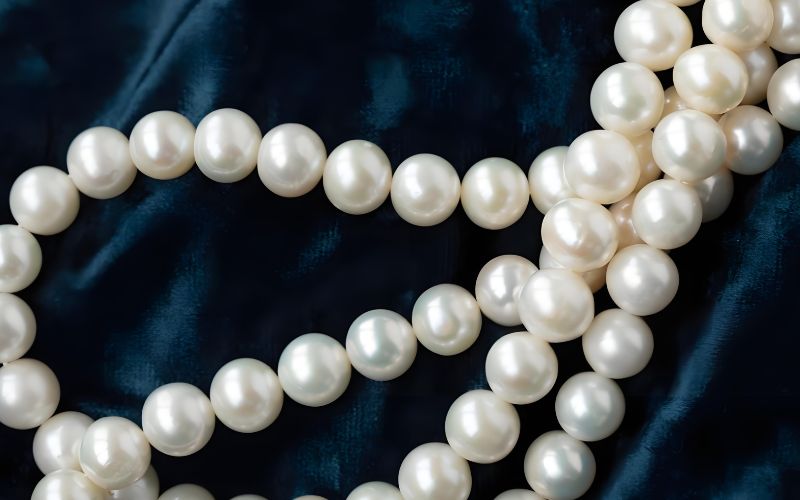
What Signs on the Surface Can Help You Identify Real Pearls?
Look very close at your pearls. A real pearl is made by nature, even a cultured pearl. So, it is rarely perfect. Real pearls tend to have small spots. Or they might have tiny marks. You might see little bumps or lines. These are not flaws. These show it is a genuine pearl.
Fake pearls tend to look too perfect. They are made by machines. So, they can be very smooth. They may have no marks at all. If a pearl necklace has pearls that all look exactly the same, be careful. Real pearls will have small changes from one pearl to the next. This is part of their beauty.
Even the best round pearls that are real will show something. Look for these tiny signs. It helps to tell real pearls. A fake pearl might also have a surface that looks too shiny, like plastic. Real pearls have a natural soft glow. High-quality imitation pearls can be tricky, but these small details help.
Does a Real Pearl Feel Heavier Than a Fake Pearl?
Yes, weight can help you determine if your pearl is genuine. Hold the pearls in your hand. A real pearl will feel a bit heavy for its size. This is because they are dense. They are made of many layers of nacre. Nacre is the stuff that makes a pearl shine.
Fake pearls may feel light. This is true if they are plastic pearls. Plastic is not heavy. Some fake pearls are made of glass. Glass fake ones can feel heavy. So, weight alone is not a foolproof test. But it is a good clue with other tests. A fake pearl will feel different, often too light or lacking that substantial cool feeling against your skin than real pearls.
Think about a classic pearl necklace. If it feels too light, like toy beads, it might be made of fake plastic pearls. If you have a pearl you know is genuine, compare the weight. This can help you learn the feel of true pearls. Pearls often surprise you with their solid feel. Hold the pearls and notice if they feel cool to the touch; real pearls tend to be cooler than room temperature initially.
Are All Perfectly Round Pearls Fake Pearls?
This is a good question. Many people think a pearl must be perfectly round. But pearls are rarely perfectly round if they are genuine. A natural pearl or a cultured pearl grows in an oyster. Oysters do not make perfect balls all the time. So, most genuine pearls are not perfectly round.
If you see a pearl necklace where all pearls are perfectly round pearls, be careful. It is possible they are imitations. Machines can make pearls that are exactly round. It is easier to make a fake pearl perfectly round than to find a real pearl that is so perfect. Very round real pearls are very rare. They cost a lot of money. South Sea pearls and some saltwater pearls can be very round, but they are top quality and have real pearl prices.
So, small changes in shape are good. It means the pearls are genuine. Look at your piece of pearl jewelry. Do the pearls have a slightly off-round shape? This is a good sign for authentic pearl quality. It shows your pearls come from nature. [Discover the different types of pearls we offer](link-to-pearl-types) to see their natural beauty and unique shapes. Pearls are extremely varied in this way.
Can the Little Hole in a Pearl Tell You If It’s a Real Pearl?
Yes, the drill hole in a pearl can tell you a lot. When pearls are put on a string for a pearl necklace or pearl earrings, they need a hole. Look at the edge of this hole. You might need a magnifying glass. For real pearls, you will see clear layers. The edge of the hole on real pearls will have crisp lines. You might even see the nacre layers.
On an imitation pearl, the hole is different. If it is a glass or plastic bead, the coating around the hole might chip or peel. You might see the bead under the shiny coat. The edges of the hole on artificial pearls can look ragged or messy. Sometimes, the coating looks like it is bunched up around the hole. Real pearls will show a distinct nacre thickness around the drill hole.
When we drill directly into pearls for our pearl necklaces and bracelets, we are very careful. The clean hole shows the quality. If you take a pearl and look, the layers around the drill hole of a genuine pearl are a good sign. Unlike genuine pearls, coated beads will show their true nature at the drill hole. This care in manufacturing means you receive a strand of real quality.
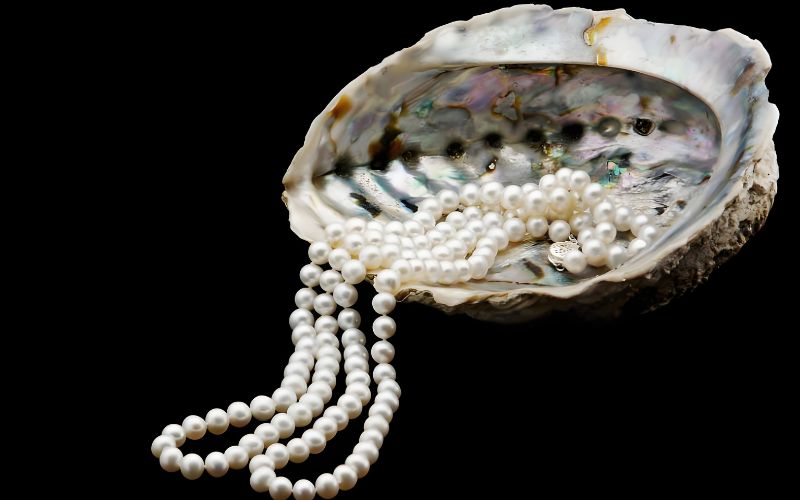
How Does Light Shine on Real Pearls and Fake Pearls?
The shine of a pearl is called luster. It is very important. Real pearls have a natural, deep glow. These pearls reflect light in a soft way. It looks like the light comes from inside the pearl. This is because of the many thin layers. This is what makes a classic pearl necklace so pretty.
Fake pearls often appear too shiny or too dull. A plastic imitation pearl might have a very bright, flat shine. It does not look deep. A glass pearl might look too glassy. Some faux pearls have a dull, chalky look. They do not have the warm glow of true pearls. Pearls due to their nacre have this special shine. The way pearls reflect light is a key indicator.
Look at how the pearls play with light. Real pearls have subtle overtones. These are soft colors that float on the surface. You might see pink, green, or blue hints. Sea and Tahitian pearls show this well. Many imitations do not have this rich play of color. Their color is flat. Learning to tell real pearls from fake involves looking at this light. Real pearls should reflect your image on their surface, however faintly.
What Is the Rub Test for Real and Fake Pearls?
This is another easy test. You need two pearls from the same pearl jewelry. Hold one pearl in each hand. Then, rub two pearls together gently. What do you feel? If the pearls are real pearls, you will feel a bit of friction. It will feel slightly gritty.
This is like the tooth test. The layers of nacre on genuine pearls are not perfectly smooth. So, when you rub the pearl surfaces, they create a fine, sandy feel. Real pearls will produce a little bit of powder if you rub them hard enough, but be gentle. This shows the pearls are authentic. The pearls together should not feel slippery.
What if they feel smooth? If the two pearls glide smoothly past each other, they might be imitations. Glass or plastic pearls will feel very slick when rubbed. They do not have the nacre layers. So, no friction, no grit. This test, along with others, can help you determine if your pearl necklace is made of genuine pearls. It’s one of the simple ways to tell real and fake pearls apart.
How Can You Be Sure You Always Get Real Pearls When You Buy?
The best way to know your pearls are the real deal is to buy from a good seller. A good seller will tell you all about the pearls. They will say if they are natural and cultured pearls. They will tell you the types of pearls. They will be happy to answer your questions on how to tell if your pearls are genuine. This helps avoid buying fake pearls and the worry that comes with it. You want peace of mind, not lingering doubts about your purchase.
Ask for a paper that says the pearls are genuine. This is called a certificate. Not all real pearls come with one, but good stores often have them for expensive pearls. Look for sellers who know a lot about pearl jewelry. They should be able to explain the difference between real and fake. If a seller seems hesitant or cannot answer basic questions about whether the pearl is real or fake identification, that’s a red flag.
At our store, we want you to feel safe. We only sell genuine pearls. We believe in quality and honesty. When you buy a piece of pearl jewelry from us, like a [See our beautiful real pearl necklaces](link-to-real-pearl-necklaces), you know you get a real pearl. We also teach you [How to care for your precious pearl jewelry](link-to-pearl-care) so it lasts. We want you to be happy with your new pearl jewelry. Pearls are cultivated with care, and we respect that. Our [Why our cultured pearls are a great choice](link-to-cultured-pearls-info) explains more about the value and beauty you receive, ensuring every pearl is real.

